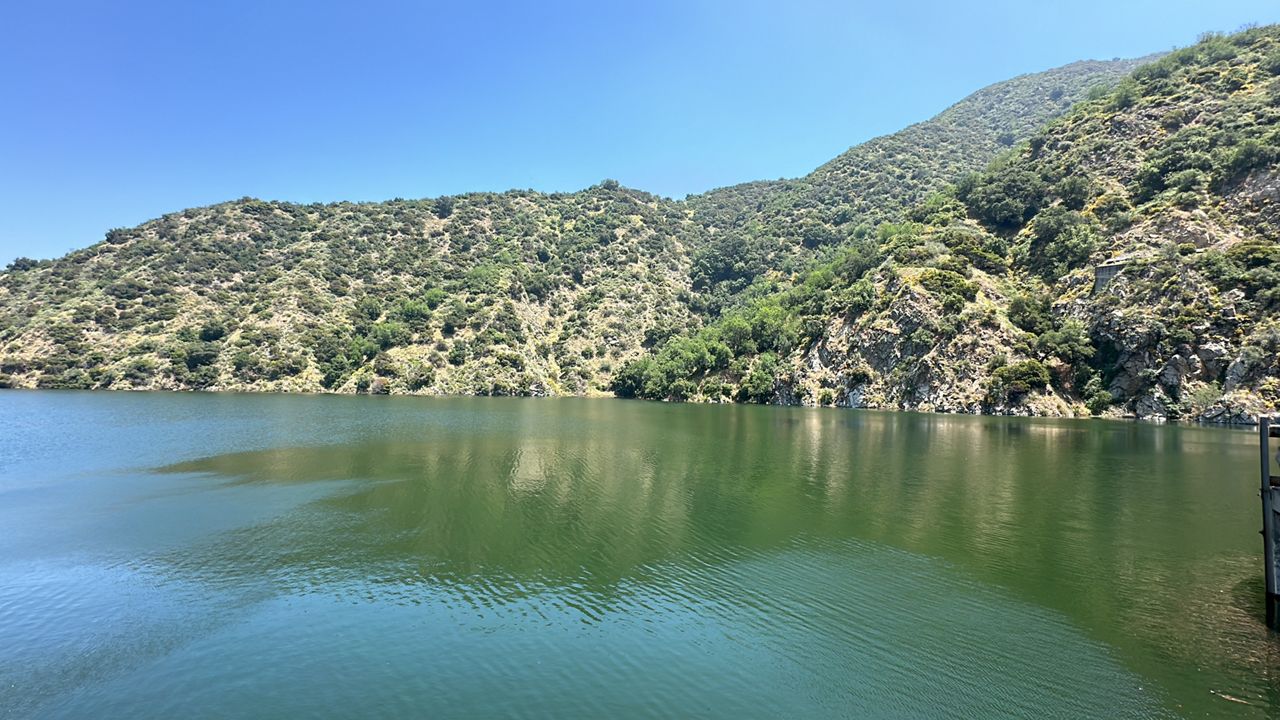CHINO, Calif. — Water is essential to many of our daily activities, but aging infrastructure jeopardizes these systems.
According to the EPA, the country has underinvested in water infrastructure, a sentiment Jerry Burke, who is part of the American Society of Civil Engineers, also shares.
“There have not been enough investments into the water infrastructure since it was constructed. In 1977, 63% of the capital budget went to fund infrastructure repairs and by 2017 9% was going toward water, infrastructure and repairs. That is the biggest reason why we’re seeing issues on our existing infrastructure and more investment needs to be made now before the results become catastrophic,” said Burke, director of engineering at Inland Empire Utilities Agency.
Those issues range from constant water main breaks to decades-old water pipes, and they are just two of the reasons why the ASCE gave the country a C in its latest infrastructure report card.
The report card is released every four years and highlights the condition and performance of the country’s infrastructure.
This past 2021 report was the first time in 20 years that the grade was out of the D range.
Each state is also given a report card, with California also obtaining a C-.
That grade is expected to continue improving, as in 2021, Congress passed the bipartisan Infrastructure Investment and Jobs Act, which invests $454 billion in the nation’s infrastructure.
From that fund, $50 billion will be distributed to states to improve water infrastructure, with California receiving half a billion dollars to support its drinking and clean water systems in the coming years.
Burke says this is a reasonable down payment, but more funding is still needed.
“The American Society of Civil Engineers report the estimated true cost is over $1 trillion,” said Burke.
Local and state agencies have been investing and applying for grants to improve their systems independently.
In LA County, Sterling Klippel, Assistant Deputy Director with the LA County Public Works Department, says locally, they have been putting dollars into upgrading their systems like at water dams.
“Part of that investments that we’ve been doing is to improve all the mechanical, the control systems, the electrical systems, and bringing them all up to date, because, again, you know, these dams were all built back in the 1920s and thirties,” said Klippel.
Among those investments are new valves used to release water from the reservoir, which eventually reaches resident homes for showering, cooking and drinking.
Beyond the aging facilities, Klippel says climate change also plays a role, especially when debris washes into the reservoirs after the strong wildfires California has been experiencing in recent years.
“Then we have the storms that come through really washes incredible amounts, significant amounts of debris and sediment down. That sediment collects behind our dams… Over time, it’s taking up more and more of the storage capacity here [county dam]. So when it fills up with sediment, we have less capacity to capture that precious resource storm water here in LA County. So we have a major program right now to restore these reservoirs, clean the sediment out,” said Klippel.
He says the county is set to invest over $700 million in the next 10 years to maintain, repair and upgrade storm water capture facilities and prepare for future drought years.
And as the state and local departments do what they can, Burke says people can help, too.
“The people play a critical role by conserving water and not using more than they need, but also letting their elected officials know that we need more funding for infrastructure because the more your infrastructure is more resilient and sustainable, it is good for the health of the whole country,” said Burke.
Everyone is working to keep our water systems flowing towards a healthy and sustainable future.

